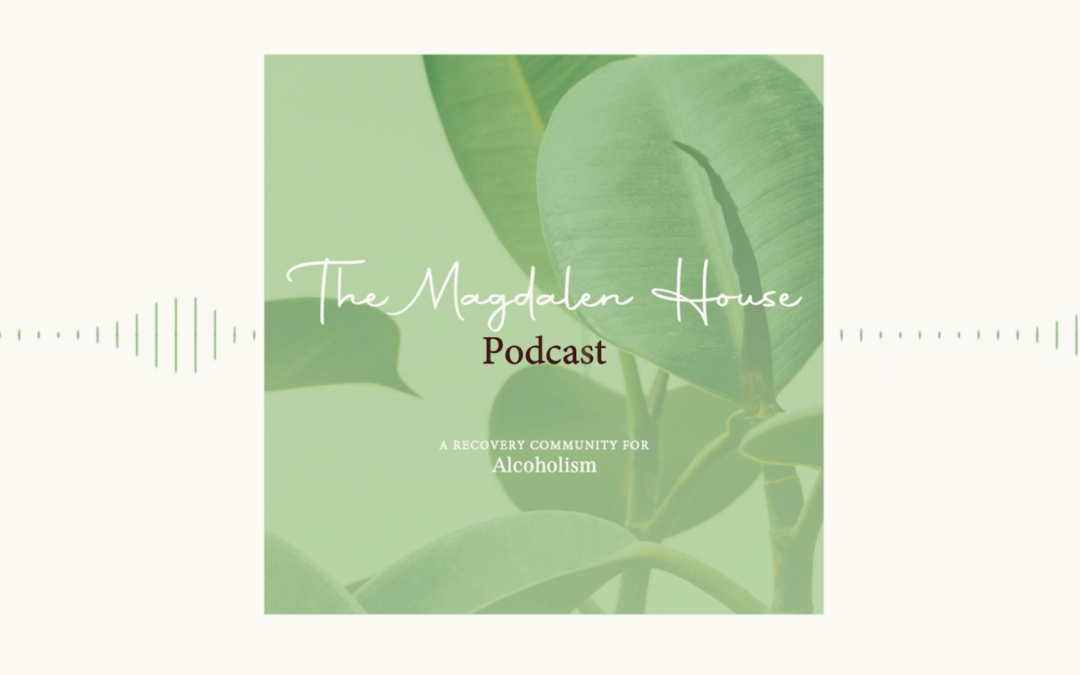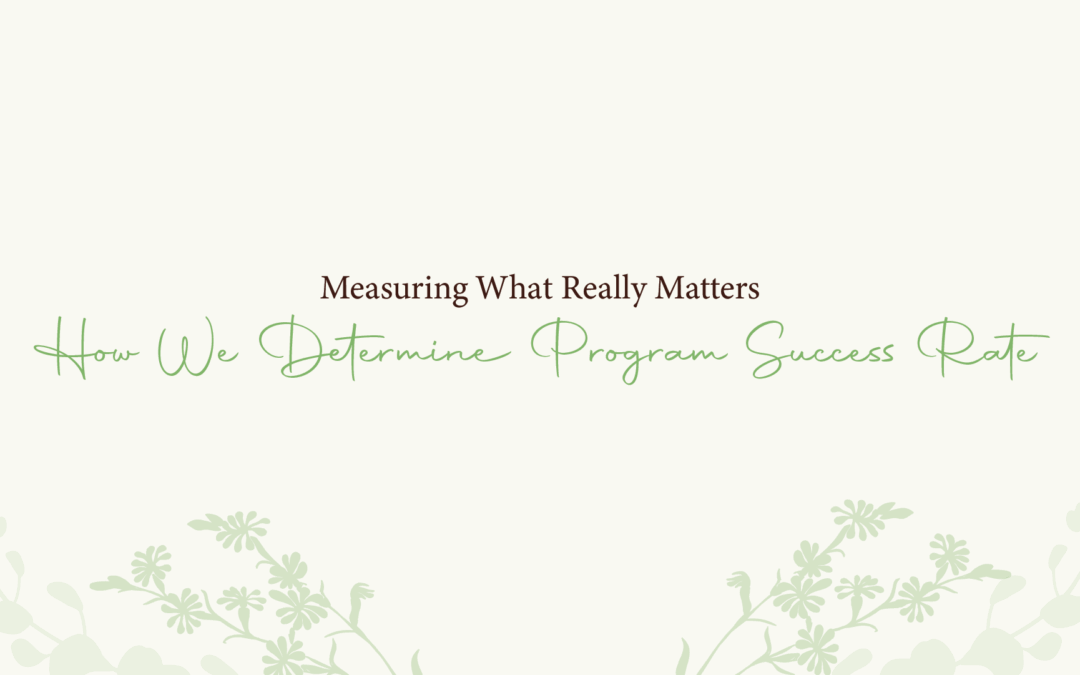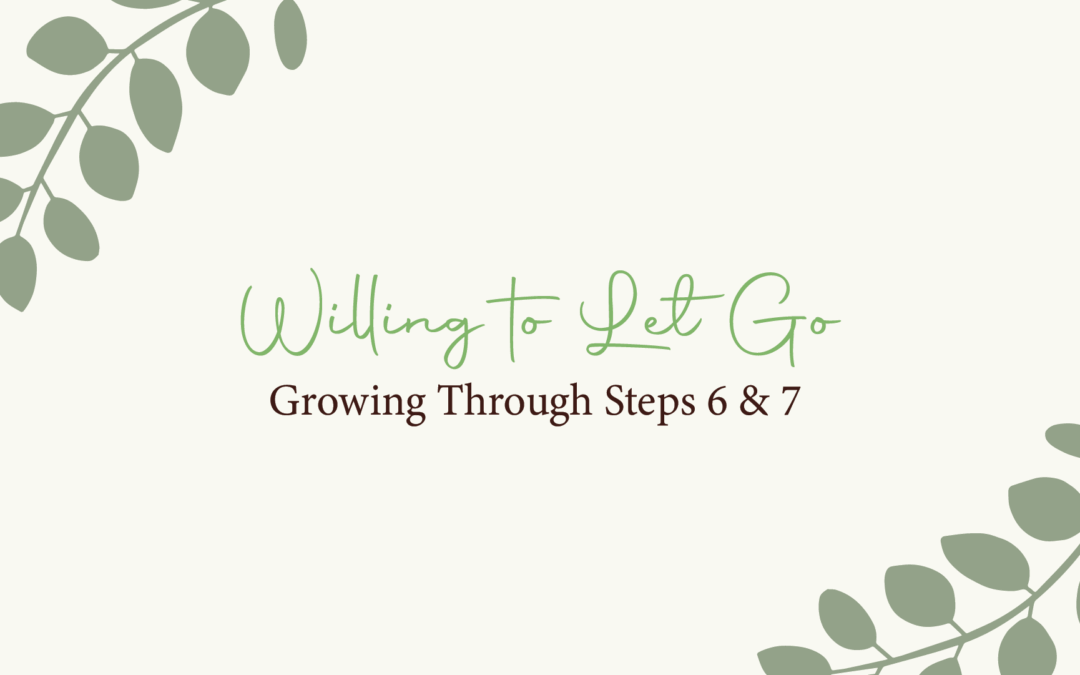A Design for Living That Works
By Joe Beggs, Recovered Alcoholic
By the Grace of God and this “Design for Living” that works in rough going, I have trudged this Road of Happy Destiny since June 6, 1996. In the process, I enjoyed a life that I could not even have imagined when I first got here.
I have been asked to reflect on my experience with Step 10. As a recovered alcoholic, I have come to consider Step 10 to be “my get out of jail free” step. When done according to the directions we find in our basic text, I do not find myself locked in the self-made prison that I spent so much of my former life in. The prison, not built and maintained by bars and guards, but by resentments, fears, shame, remorse, and guilt. Steps 10 and 11 are the keys to a recovered life, which then allows me to attempt to be of maximum service to God and His kids. By following the directions in these two steps, I am capable of not permitting the excuses that I used to justify to drink, to become too heavy a burden to withstand, as well as keeping that connection with my God by practicing Step 11.
I’m convinced that our basic text provides the most precise, specific, and clear-cut directions in these two steps than any of the other steps. We are told exactly what to do, when to do it, and how to do it. And then we are presented with some of the most beautiful promises (of many) that we will find in our book of directions.
First, we are told that we begin practicing this step “as we clean up our past”. We don’t need to complete Step 9 before we begin. And then a huge promise occurs. We have entered the world of the Spirit. How cool is that? By taking Steps 1-9, we have begun to experience the 9th Step promises, and that seems to indicate we have had, at the very least, the beginnings of a Spiritual Awakening.
But we can’t stop here. We must grow in understanding and effectiveness, and then we have an important reminder. It’s not an overnight matter; it will have to be practiced for the rest of our lives. Time takes time!
Then we are told to continue to look for selfishness, dishonesty, resentment, and fear. I seem to remember that exercise in the fourth step. It tells us WHEN these crop up, not IF, exactly how to deal with them. We ask God to remove them, at once (sounds like the Step 7 process); we discuss them with someone immediately (like Step 5); make amends quickly if we have harmed someone (like Step 9); and then we turn our thoughts to someone we might help (like Step 12)!
Precise, specific, and clear-cut directions.
And then the promises that follow. We’ve ceased fighting anything and anyone, even alcohol! Our sanity has been restored, at least in relation to my alcoholic insanity that we talk about in Step 2. The problem has been removed. My problem has been from the very beginning, “that hopeless state of mind and body.” Today, I am a recovered alcoholic.
But then we have a couple of negative promises. In order to keep this gift, I must stay in a fit spiritual condition; I cannot rest on my laurels, or my years of sobriety. I am not CURED of alcoholism. I have a daily reprieve contingent on the maintenance of my spiritual condition.
I do that by prayer and meditation, which is Step 11, and intensive work with other alcoholics in practicing Step 12.
One of the saddest things I have experienced in recovery is seeing folks with years, sometimes decades, of sobriety “rest on their laurels.” So many times, we see them relapse. Some return, but unfortunately, many do not. Some call this “allowing the gifts of the program to make us forget the Gift of the program.
Dr. Bob, one of the Alcoholics Anonymous co-founders, summed it up best when asked to describe our program: Trust God, Clean House, Help Others!
KEEP IT SIMPLE.
Alcoholics Anonymous: The story of how many thousands of men and women have recovered from alcoholism. (4th ed.). (2001). Alcoholics Anonymous World Services.





